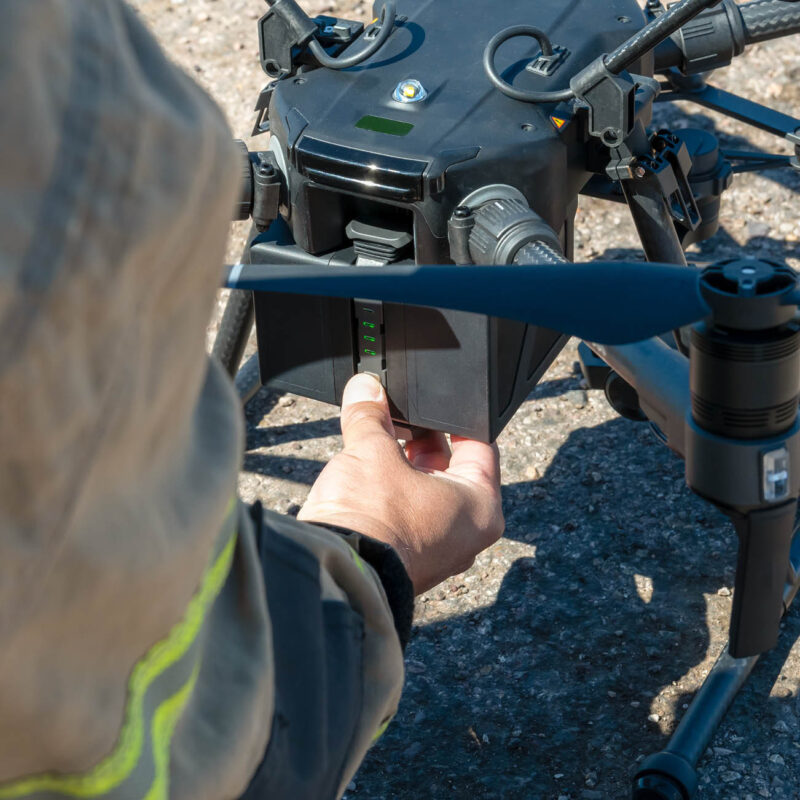
Revolutionizing Emergency Response
In a significant move towards modernizing emergency services, the United States Congress is actively working on renewing the Federal Aviation Administration (FAA) regulations, pivotal for the advancement of drone technology. This renewal, taking place as part of the FAA’s five-year reauthorization, is set to redefine how drones can be utilized, particularly in the realm of first response during emergencies.
Beyond Visual Line of Sight (BVLOS): A Game Changer
Central to this legislative update is the consideration of regulations allowing drones to operate Beyond Visual Line of Sight (BVLOS). BVLOS operation permits drones to fly beyond the direct visual range of their pilots, a capability that is crucial for the effective implementation of Drones as First Responder (DFR) programs.
The Advent of Drones as First Responders (DFR)
DFR technology is emerging as a groundbreaking tool that significantly enhances the capabilities of first responders in critical situations. By deploying drones equipped with advanced sensors, cameras, and various payloads, DFR programs aim to augment emergency response efforts, thereby improving efficiency and safety.
Currently, over 15 DFR programs in the U.S. are operational under special BVLOS waivers granted by the FAA. Notably, the Chula Vista Police Department in California has pioneered this initiative, demonstrating the feasibility and effectiveness of DFR in real-world scenarios.
Legislative Momentum
Both the U.S. Senate and House have included provisions in their FAA reauthorization bills mandating the FAA to establish and publish BVLOS regulations within 24 months. This legislative push is a clear indication of the growing recognition of the potential of DFR programs to revolutionize emergency services on a national scale.
The Impact on Communities and First Responders
The integration of DFR programs promises substantial benefits for communities by enhancing the capabilities of emergency services. More importantly, it supports the safety and effectiveness of first responders, who are often at the forefront of life-threatening situations. The nationwide adoption of DFR programs represents a significant step forward in our collective effort to improve public safety and emergency responsiveness.
Looking Ahead
As we stand on the cusp of this technological leap, the future of emergency services looks more promising than ever. The potential of DFR programs to save lives and protect communities is immense, and the ongoing legislative efforts are a testament to our commitment to embracing innovative solutions for the betterment of society.
This post is based on the article “Drones: The New First Responder Tool” from the National League of Cities website, published on November 3, 2023.
Soaring to new heights, together.
Be sure to visit the BWU Technology Partnerships Initiative website to learn more about how our NEOFIX program drives economic growth, promotes policy and infrastructure to improve drone safety and efficiency in various industries, and ensures that drone technology is being used responsibly.

